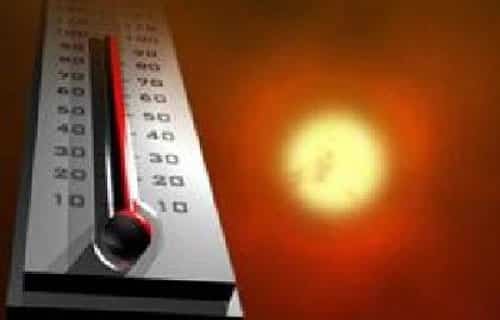by Simon Butler
Climate Change Social Change, July 4, 2012
Throughout June, the United States was hit by freak storms, intense heatwaves, prolonged drought, huge floods and out-of-control bushfires that have burnt out more than 2.1 million acres.
“This is what global warming looks like at the regional or personal level,” climate scientist Jonathan Overpeck told AP on July 3. “The extra heat increases the odds of worse heat waves, droughts, storms and wildfire. This is certainly what I and many other climate scientists have been warning about.”
By late June, about 72% of the US landmass was in drought or was classified as dry. US meteorologist Jeff Masters said on July 3: “The ongoing heat wave is one of the most intense and widespread in U.S. history.”
Fellow meteorologist Christopher C. Burt said so many temperature records were being broken that, “there is no point in listing or even attempting to summarise all of the June monthly records set in the region from Missouri to Maryland and south to Georgia during the June 28-30 period.”
The US’s National Oceanic and Atmospheric Administration (NOAA) compiled the nationwide records anyway. It said on July 2 that 2440 daily heat records were broken in the past week and 3917 in the past month. The 190 all-time heat records broken almost doubled the total for the past decade, said Climatecentral.org
AP said that since the start of the year, about 40,000 daily heat records have been broken compared with just 6000 daily cold records.
Burt said the heatwave was “especially extraordinary” because 95% of past heat records in the area were set in the typically warmers months of July and August.
Masters said July will bring no respite from the heatwave. By mid-July, weather models predict “the potential for crazy-hot conditions capable of toppling all-time heat records in many western states.” Drawing on US Department of Agriculture reports, he also said “it is likely that a multi-billion dollar drought disaster is underway in the [US] Midwest.”
Perhaps worst affected by the heatwave are the 1.8 million Americans that were still without power on July 3. A huge “derecho” thunderstorm pummelled parts of the US east coast on June 29, cutting power to 1 million homes from North Carolina in the south to New Jersey in the north.
On July 3, ABC news said more than half a million people in the Washington DC area were without power. It said: “officials fear the death toll, already at 22, could rise because of the sweltering heat.”
The US’s western states are “headed into a hot, dry summer of potentially ferocious blazes,” the Los Angeles Times said on July 2. A huge firestorm engulfed parts of Colorado in June, destroying about 700 homes.
The US Forest Service’s Tom Harbour told the LA Times the drought conditions meant: “This year, fires are going big … We’ve had some really extraordinary runs … fires that are running 10 miles in lighter fuels. Fires that are running miles in forested areas.”
US agriculture department undersecretary Harris Sherman, who is in charge of the US Forest Service, told the July 2 Washington Post: “The climate is changing, and these fires are a very strong indicator of that.”
Simon Butler is an editor of Green Left Weekly, and co-author of Too Many People: Population, Immigration, and the Environmental Crisis.




It is interesting to me that in this article no mention is made of the likely causes of these extreme weather conditions, they are just treated as freak, inexplicable weather conditions. Consequently the reader is not incentivised to take action on the root causes of the conditions